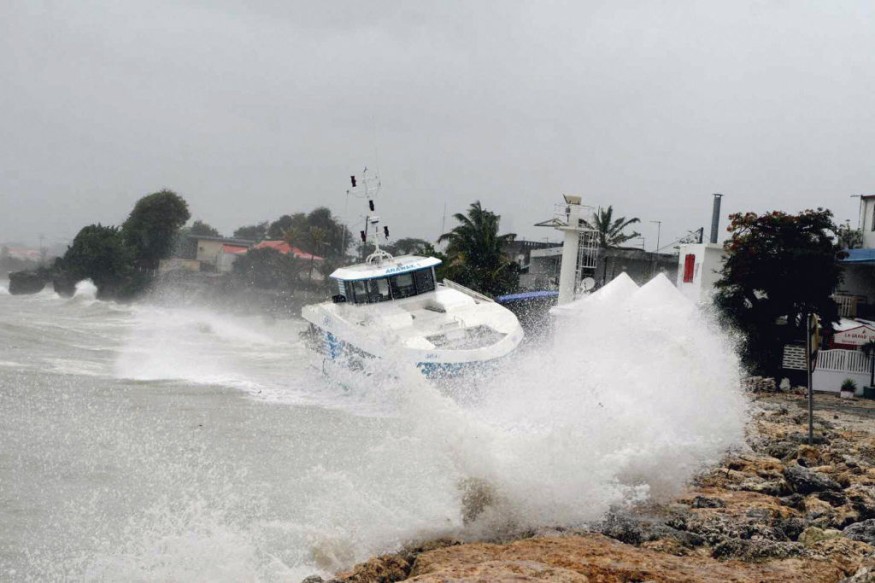Atlantic Hurricane Season Ends After a Bizarre Year with 14 Named Storms

The Americas and the Caribbean can finally breathe a sigh of relief for several months as 2022's bizarre Atlantic hurricane season finally ended with massive super storms like Ian and Fiona devastating the region.
The season ended with 14 named storms and was considered bizarre by many experts as it had a later-than-expected start and three November hurricanes, which are considered a rarity.
The end of the hurricane season was met by celebrations from residents of the Florida Keys, who managed to endure the wrath of some of these storms. However, as they celebrated, many in their state, as well as neighboring Cuba and Puerto Rico, are still recovering from the devastation brought about by these hurricanes, most notably Ian and Fiona.
The Associated Press noted that this year had eight hurricanes with winds of at least 74 mph, with two of them having winds reaching at least 111 mph. The average number of named hurricanes is 14 and this year managed to hit that number. However, experts are still saying that this year is still quite bizarre.
The National Oceanic and Atmospheric Administration (NOAA) named storms of the 2022 Atlantic Hurricane Season Alex, Bonnie, Colin, Danielle, Earl, Fiona, Gaston, Hermine, Ian, Julia, Karl, Lisa, Martin, and Nicole.
Experts Baffled by This Year's Atlantic Hurricane Season
According to a report by Ars Technica, forecasters had predicted a busier-than-normal season before the 2022 Atlantic Hurricane Season arrived. However, when it started, overall hurricane activity was described as "slightly below normal."
For this year, the accumulated cyclone energy, which is a trusted, scientifically rigorous measurement of seasonal hurricane activity, is well below average. The normal accumulated cyclone energy value is 126. However, this year's value is only at 95.
The early part of the season saw three weak storms, with zero named storms from July 3 until August 31. This is the first time that the Atlantic Basin failed to produce any named storms for that period since 1941. And then September came.
The month of September saw four big hurricanes that tore through the Americas and the Caribbean. This includes the two major hurricanes, Fiona and Ian.
The hurricane season usually winds down around November, with November hurricanes usually being rare. However, the month saw three November hurricanes. However, this brought the number of hurricanes this year to the expected average, but it happened later than expected.
La Niña Causes Slow Start to the Atlantic Hurricane Season
Hurricane expert Phil Klotzbach and his research team at Colorado State University have been investigating this anomalous season since August. They stated that La Niña may be to blame. This has led to "lower-than-average wind shear across the Atlantic." as well as favoring an increase in tropical activity.
However, the Atlantic tropics came alive in September, beginning with Danielle. Of the 14 storms, Hurricane Ian was considered the strongest. It had maximum sustained winds of 150 mph and is considered the fifth strongest continental US hurricane landfall on record, tying five other hurricanes.
The Atlantic Hurricane Season runs from June 1 until November 30 and will continue with those same dates next year.
READ MORE: Hurricane Lisa Hits Belize, Will Hit Guatemala and Mexico Soon
This article is owned by Latin Post.
Written by: Rick Martin
WATCH: 'We're done': 2022 Atlantic hurricane season recap - FOX 13 Tampa Bay
Subscribe to Latin Post!
Sign up for our free newsletter for the Latest coverage!

















